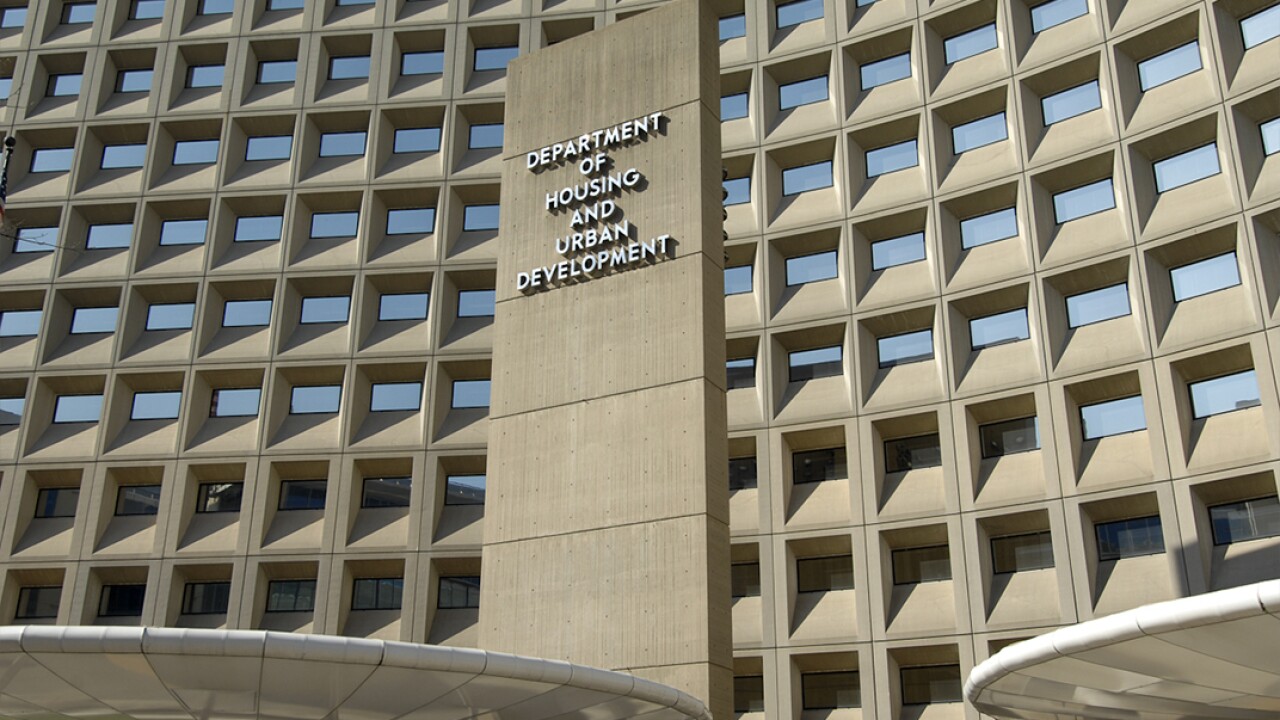Accounts receivable check conversion - ARC - is the next rung in the evolutionary ladder from paper to electronic transaction processing.
The corporate biller stands to gain the most: faster collection operations and reduced risk. Further, billers expect to pay less for the service, because they realize that banks are no longer transporting physical checks from one bank to another in order to clear them.
But what does it mean for banks? How will it affect their operations, their profitability, and their operational risk?
Assessing the Bank's Role
Conversion of the paper check to an electronic ACH affects both the originating and the receiving financial institution - but not equally.
An originating institution that provides the lockbox service to its corporate customer must process the check and create and send the ACH debit. That means new workflow, procedures, costs, staff training, and operational risk - but its customers will expect to pay less for ARC processing than for lockbox processing.
The receiving institution, which pays the ACH debit, will benefit from a cheaper and less risky method of debiting its customers.
A single bank may play both roles - and must consider the cost, revenue, and risk implications of both.
The bank that provides lockbox services has the most volatile business case for ARC conversion. It bears the cost of developing and maintaining an ARC-enabled processing environment while putting traditional retail lockbox revenue at risk.
Fee-based ancillary services can make up some of the revenue shortfall, but managers will need to model costs and revenue under a new set of assumptions.
Revenue at Risk
The benefits of ARC for corporate billers can be found in improved availability of funds, lower clearing fees, and quicker return-item notification. Furthermore, since clearing ACH is generally cheaper than clearing paper checks, treasury managers of the large billers can enter into negotiations for ARC services with the expectation of lower prices.
This prospect creates a troubling predicament for the processing bank. If the lockbox machine is feeding fewer items to the check processing machine, the result is higher unit cost until the bank can reduce fixed-cost elements to match the reduction in items. In the short term, the adoption of ARC may require the bank to incur and absorb a higher unit cost.
Also, with ARC, float revenue will ultimately go away. The float benefit that a bank can realize is intrinsically based on its ability to clear items faster than it grants availability to its customers. But an item that goes through ARC and becomes an ACH transaction will become available in one day, regardless of its routing transit number, location, transportation options or other factors.
As the volume of paper items that need to go through transit dispatch and forward collection is reduced, bank processors will experience a significant cut in direct clearing costs.
The retail lockbox pricing strategy needs to ensure that the lockbox provider is adequately compensated for the benefits. ARC will also represent an additional settlement transaction between the lockbox provider and its customer, and the bank will have the opportunity to price for the additional service.
Making the Adjustment
One might think that once the commitment to ARC is made, it is advantageous to pump up volume as fast as possible to maximize cost reductions. However, until the last reader/sorter is being carted from the building, ARC should be used to lower costs incrementally, item by item. On-us items and local clearinghouse items will cost the originator/lockbox processor just as much with ARC; the marginal cost of clearing them is essentially zero, and their availability is immediate.
Banks can mitigate short-term risks through the appropriate reduction or reallocation of operational resources and effective product repricing. Those that manage dual paper and electronic infrastructures cost-effectively and balance the monetary incentives to themselves and their customers will attract and retain payments business.





